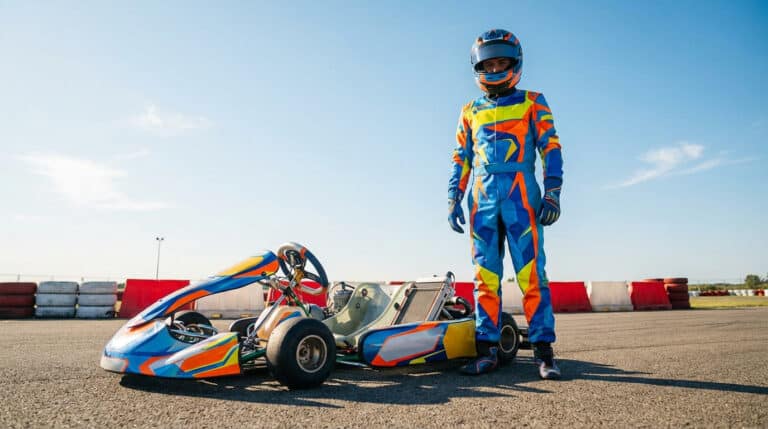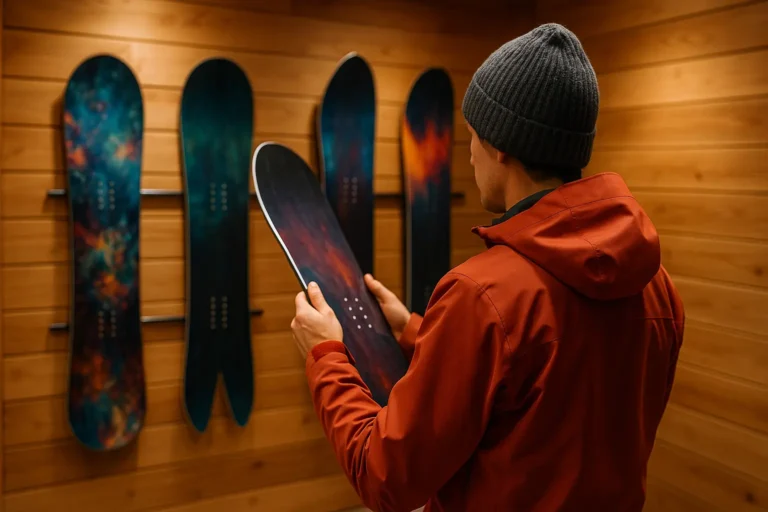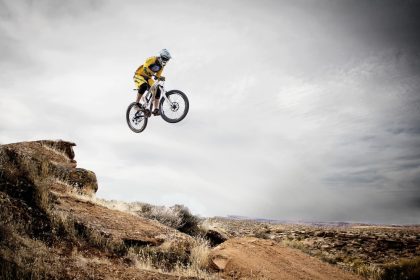At first glance, slacklining may look like a minimalist activity, but it’s much more than just a balance game. This discipline is gaining popularity across France, whether in parks, playgrounds, or climbing gyms. It combines physical activity, fine motor skills, and outdoor fun, and attracts beginners, kids, fans of unusual sports, and those who seek physical performance.
With a simple kit (line, ratchet, slings, and backup), it can be set up between two trees or on an urban structure. Affordable, easy to transport, adaptable to all courses and all levels, slacklining checks all the boxes of a modern and complete sport.
But why such a craze? And more importantly, how do you choose your gear, ensure a safe setup, and improve without risk? Here’s everything you need to know.
A sport accessible to everyone
Slacklining is more than a balance game. It’s a full-body activity that builds coordination, focus, body control, and muscle tone. It’s a great training tool for both beginners and experienced athletes.
Often used as a complement to disciplines like climbing, yoga, or parkour, it enhances proprioception, coordination, physical endurance, and mental control. Thanks to a simple kit—line, ratchet, backup, and a few accessories—it can be practiced outdoors, in a park, a playground, or even on obstacle courses.
For children, slacklining is an ideal motor skills game. When integrated into a fun course, it helps develop coordination, balance, and self-confidence. For adults, it becomes a real fitness or physical training tool, or even a form of self-expression, especially with variants like jumpline or longline.
What gear should you choose to get started?
There are now plenty of all-in-one slackline kits that are easy to set up and adapted to different uses. A good kit generally includes:
- a line (usually 15 to 25 meters)
- a ratchet for tensioning
- slings for anchoring around trees
- sometimes accessories like a second support line for beginners or
- a backup system
It’s important to choose the line’s length and strength carefully and to check the technical details on the product page: width, line type, compatibility with different environments (garden, outdoor courses, soft or hard ground, etc.).
Some models are inspired by “ninja” courses with obstacles or offer lines designed for family use. Delivery is usually quick, and customer reviews help easily compare each product.
Safety and setup: best practices
Before setting up a slackline, a few basic rules must be followed. Choosing the trees is essential: they must be strong, with a diameter of at least 30 cm. To protect their bark, use a kit with specific tree guards, often included in the set. Some versions even include an integrated backup system.
Installation starts with a strong line, whose length and tension must be adjusted using a ratchet or a cord system. Anchoring with strong slings ensures the stability of the line while distributing force evenly. It’s also important to check all accessories and the overall gear strength.
To reduce risks, never set up a slackline over hard or uneven ground, avoid obstacles in the fall zone, and always inspect the line, ratchet, slings, and backup before each use. Floor mats can help cushion falls. And it’s best to avoid training alone, especially when starting out or trying new moves.
The more advanced practice of highlining requires a backup, climbing harness, dual safety systems, and reliable anchor points. This extreme version is generally reserved for advanced beginners or supervised athletes in climbing gyms or certified clubs. In natural areas like in France, safety always comes first—especially in non-stabilized settings.
The benefits of slacklining
Slacklining is much more than a balance game: it’s a full-body activity that engages all your muscles. It works deep muscles through core strength, posture, and coordination. This dynamic system improves proprioception, physical endurance, and concentration. Used in physiotherapy, mental training, and even in sports like climbing or team sports, it’s a true training tool.
Educationally, it fits perfectly in schools, recreation centers, and playgrounds. With adapted kits—sometimes with a secondary line or playful accessories—kids develop motor skills, learn to manage their balance, and gain confidence. Some courses, enhanced with obstacles or ninja-style setups, allow for varied exercises and motivating progress.
Slacklining suits all ages. For kids, it promotes motor development, focus, and coordination. For teens or adults, it’s a great tool for muscle strengthening, stress management, and proprioception. For seniors or people in rehab, low-height versions allow safe and gradual balance training.
How to choose your slackline kit?
Choosing the right slackline kit depends on several key factors. First, your level: some products are made for beginners, others for advanced users or fans of jumpline, highline, or longline.
The intended use is also important: playground fun, physical training, school use, or high performance. The line choice depends on its length (generally 10 to 25 meters) and width, often 25 mm. These features directly impact the line’s balance and strength.
Good kits include a ratchet, support line or secondary line, accessories like extra slings or straps, and sometimes a kids’ set with fun options. The strength of the components is indicated in kN, ensuring safe use.
In terms of price, expect to pay between €30 and €80 for a standard set. For a reliable purchase, it’s best to choose a specialized store in France that offers good value, clear technical specs, fast delivery, and accurate information. This ensures compliant, tested, ready-to-use gear.
Where can you slackline?
One of slacklining’s biggest advantages is how easily it can be set up. You can do it in a park, garden, playground, out in nature, or even indoors at some unique sports centers. In France, events, beginner sessions, and supervised courses are regularly organized in schools, sports centers, or climbing clubs.
To ensure safe practice, follow these rules:
- Choose two strong, well-spaced trees, free of any obstacles
- Protect anchor points with slings and proper guards to save bark and reduce gear wear
- Check the line’s tension before each session using a proper ratchet
- Use a backup system on long lines, especially for highlining
- Set the line height according to your level: close to the ground for kids, mid-shin for beginners
Following these good practices greatly reduces risks of falling, injury, or accidents caused by poor setup, unsuitable gear, or excessive tension. Make sure every kit is complete, properly installed, and used according to the product information for a safe and fun experience.
Insurance for slacklining: a necessary precaution
Like any physical activity, slacklining carries real risks—especially from bad falls, poor installation, or more technical practices like highlining. Even with a full kit (line, ratchet, backup, tensioning system, guards) and a proper setup between two trees, unexpected events can happen.
Mastering the gear, setting up a solid line, and being alert are no substitute for appropriate insurance. In the event of injury, accident, or equipment damage, insurance covers medical costs, emergency services, and even repatriation when practicing abroad.
Whether you’re a beginner, a regular practitioner, or a fan of unusual sports, insuring your slackline activity is essential. Whether in nature, a playground, a club, a school, or a sports event, one bad landing can turn a session into an incident. Insurance lets you enjoy your passion with peace of mind.
Feel free to request a quote to slackline freely and safely!






